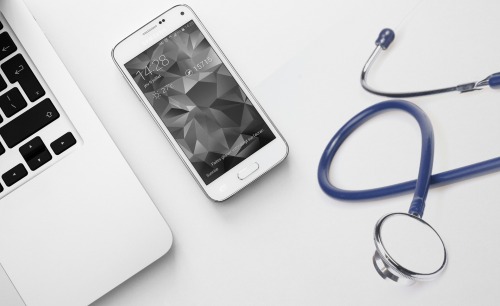Technology and medicine are evolving into a quality telemedical healthcare system where patients can feel empowered to participate in self-management. Medical services can potentially generate huge savings into the economy by preventing more severe and costly health outcomes.
Remote Patient Monitoring (RPM), which employs medical devices in the convenience of the patient’s home, electronically transmits information via a software platform, allowing a care team of doctors and nurses to assess real-time data and make ongoing clinical decisions.
Since 2019, there has been an increase in the prevalence of chronic diseases and viruses on an ageing population, which has put a strain on the healthcare system. With approximately 4.2 million adults over the age of 65 in Australia, a growing sense of urgency prevails to meet the demands of a health care sector under pressure.
Care delivery can be proactively enhanced if the medical industry embraces the transformative power of RPM technology.
According to Research and Markets is projected to be worth over $1.7 billion by 2027; up nearly 128% on the market currently opportunity.
RPM technology has developed to the extent that the patient can participate in normal daily activities.
Being monitored with the use of up-to-date communication and sensor technologies effectively reduces acute hospital stays
Allows patients to remain at home – lessening the burden of costs on hospitals, nursing homes, and other care facilities.
RPM benefits make healthcare more accessible for those living in remote areas or patients with mobility issues.
RPM can provide physicians with insights to improve patient education and medication adherence. By ensuring patients avoid negative habits, we can seek to ensure that chronic conditions aren’t worsened.
Further benefits of RPM see the reduction of burden on healthcare systems because it puts more power in the patient’s and provider’s hands.  Effectively, this lowers the necessity of expensive investments (as so many people now own a smartphone).
Effectively, this lowers the necessity of expensive investments (as so many people now own a smartphone).
The burden of chronic disease weighs heavy in Australia. It’s estimated that over $38 billion per year is spent on care for people with chronic health conditions.
The clinical efficacy of RPM coupled with its cost-effectiveness should encourage its acceptance among clinicians and organizations.
From the beginning of January 2022, several changes were made to the Medical Benefits Scheme (MBS) for Telehealth. These changes result from the MBS Review Taskforce recommendations and extensive consultation with key stakeholders.
The new changes will ensure services are clinically appropriate, reflect modern clinical practice, improve patient quality of care and safety, and increase access to services.
Standard RPM devices are ECG/EKG heart monitors, digital blood pressure monitors, and fall detection. Other devices include weight scales, which can help track water retention in patients with heart disease, and spirometers to measure lung function, in addition to blood glucose monitors and more.
This RPM model of healthcare is the way of the future.

ABOUT AARON GRANDISON
Prior to becoming CEO at Remote Patient Monitoring Healthcare in Australia, Aaron spent 20 years+ in healthcare electronic data exchange, revenue cycle management and in the financial transaction processing sector. He has proven sales success in healthcare and business development, including with healthcare providers, commercial insurance companies, hospitals, PMSs, banks, and various healthcare data aggregation institutions. His exceptional understanding of healthcare payments and payment processing brings real-world experience in the juxtaposition of healthcare entities and financial institutions. Aaron has worked alongside high-end clients such as Fisacure, JP Morgan, HealthLogic, Bank of America, SunTrust Bank, Availity, Trizetto, RMS, and many others.
Would you like to discuss opportunities? Please get in touch.

